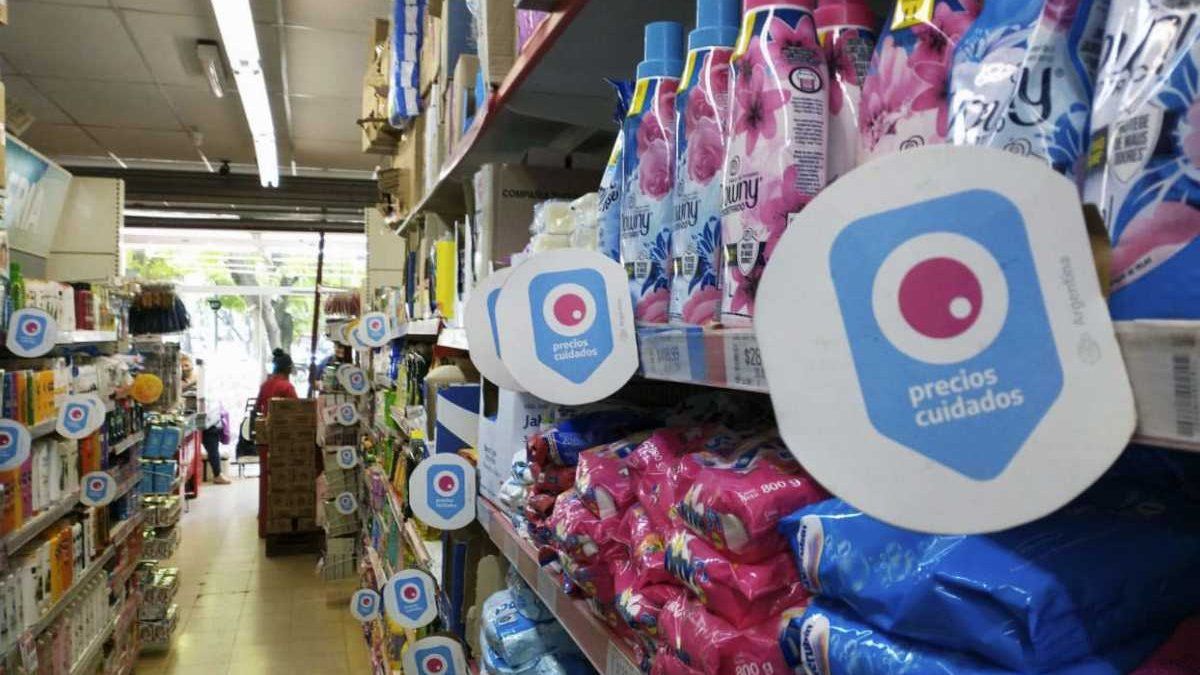According to explanations by analysts, recognized by the Government itself, the decrease This is because there is less compliance by companies. In one of the last meetings that Roberto Feletti held with mass consumption entrepreneurs, the official objected that historically Prices Care had a supply level of 75% but this year it had dropped to 65%.
Damian Di Pace, head of the consulting firm Focus Market, pointed out that the program has compliance with “promotion level” In the supermarkets. The products sell out quickly and the INDEC personnel who carry out price surveys capture what is on the shelves. At the moment Prices Care has a basket of about 1,700 products, as indicated by the last renewal on April 7.
At that time, Feletti granted the supplier companies an average increase of 6.37%, with monthly adjustments of 2.23% from May 7 to June 7, and another 1.71% until July, something that it never happened in the history of the program, since the adjustments were always quarterly.
“The program is having a very large breach. Before, you could see that 6 out of 10 products were from the program, and now the order is 5 out of 10”, Di Pace explained..
Care Prices was an initiative launched 10 years ago by the then Secretary of Commerce August Costa, who considered that it served to guide public consumption towards cheaper products, and thus discourage price increases among products that were not under that umbrella.
It is a program that has had a high level of compliance in the supermarkets of the large chains, but not so in the local businesses., super Chinese, or traditional. That is why the inflation reported in supermarkets is lower than in the rest of the distribution channels.
On the other hand, according to Focus Market, mass consumption in local businesses had the largest year-on-year percentage drop in April in the last ten months, with a retraction of 8.7% that left a negative balance of 3.1% in the first quarter.
The report says that on average a family type requires about $42,500 to pay for a basic food basket considering the Care Prices program and that outside the program, that basket requires $45,000, with an additional $7,000 to $8,000 in the City of Buenos Aires and the first cordon of the Buenos Aires suburbs.
“People’s incomes run behind the prices they receive on the gondola,” said Di Pace, who said that the drop in consumption occurs in all product families.
Meanwhile, the economist Fausto Spotorno estimated that inflation in May will be around 5% “which seems like a relief after the disaster in March and April”, when it was 6.7 and 6% respectively. “What we economists are trying to do now is to measure in which step inflation is going to be located”, after 3.5% monthly last year, he said and pointed out that “we are estimating an inflation of between 72 and 75%”, At the end of the year.
Source: Ambito
David William is a talented author who has made a name for himself in the world of writing. He is a professional author who writes on a wide range of topics, from general interest to opinion news. David is currently working as a writer at 24 hours worlds where he brings his unique perspective and in-depth research to his articles, making them both informative and engaging.




